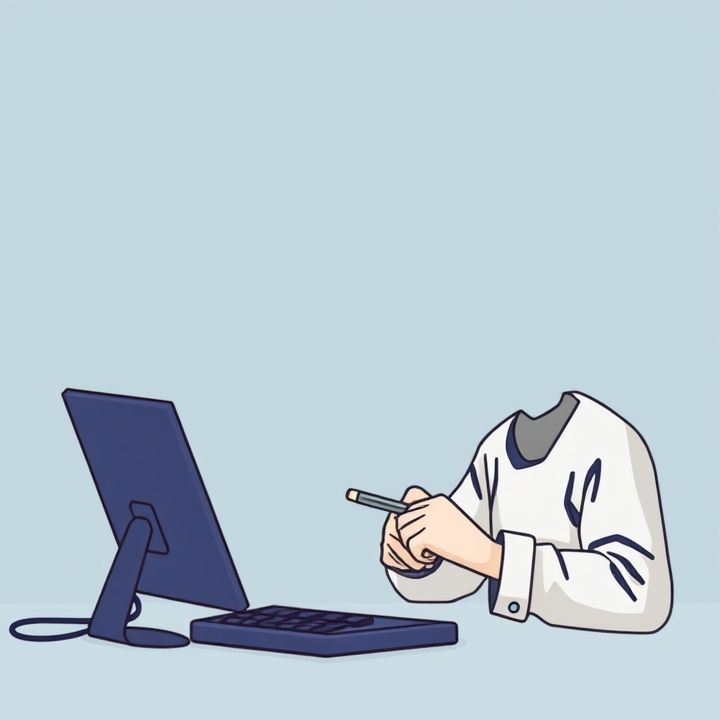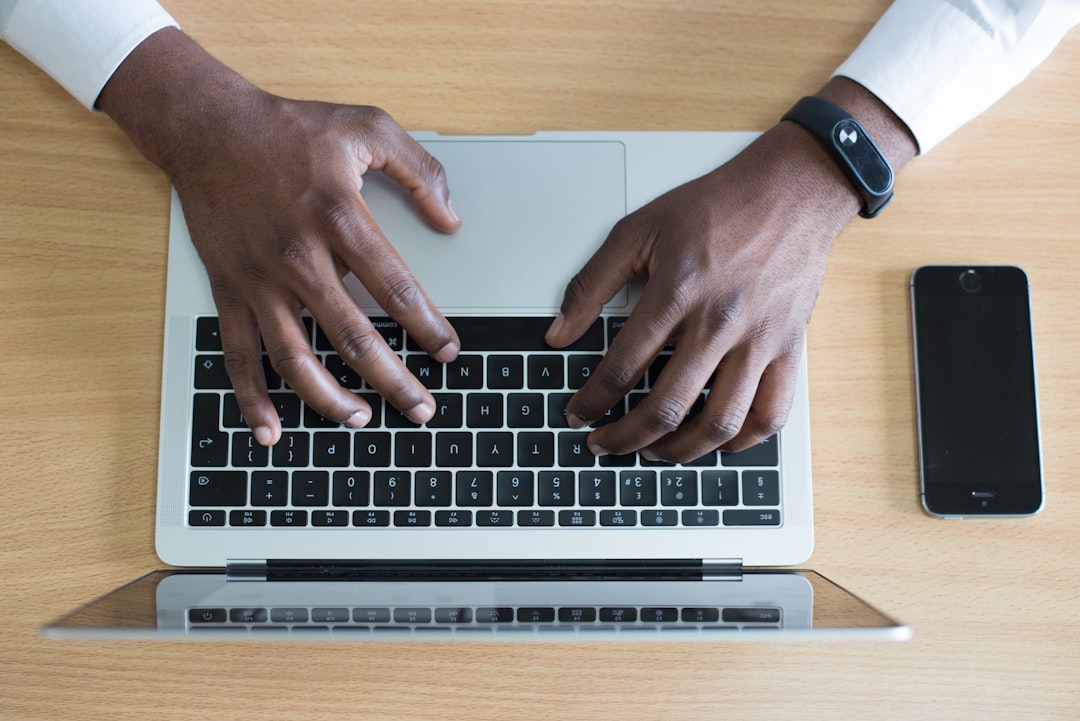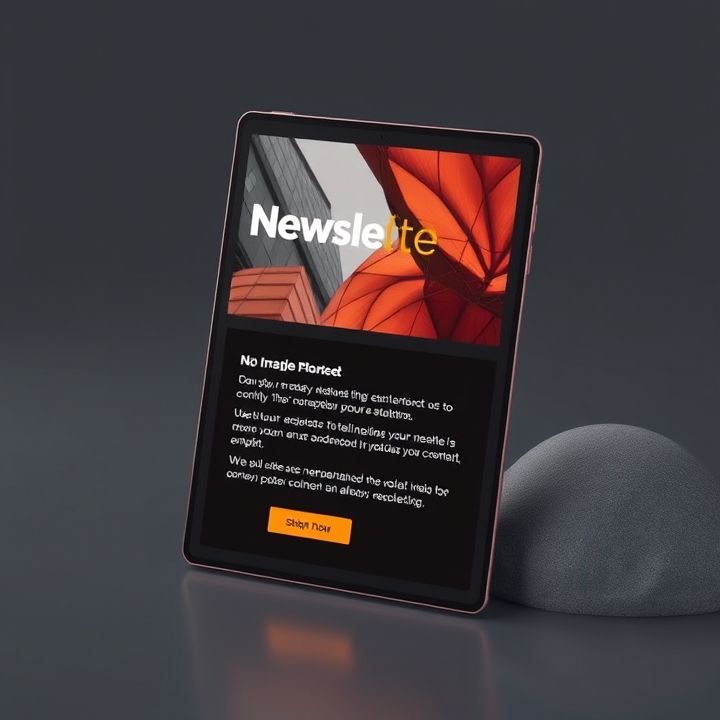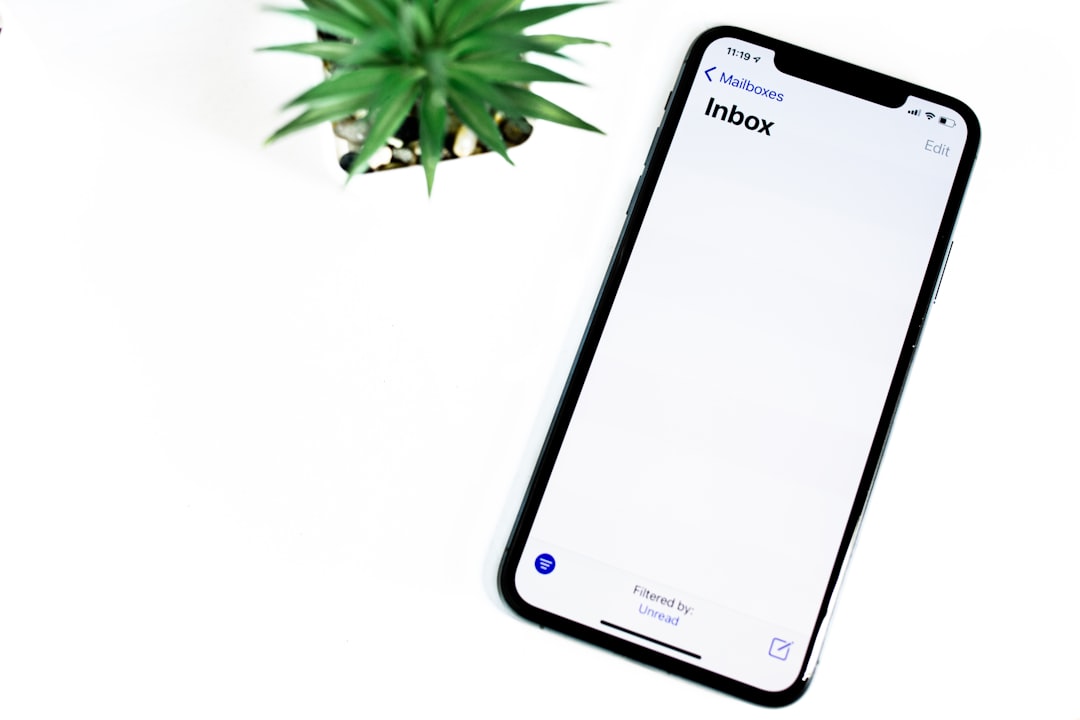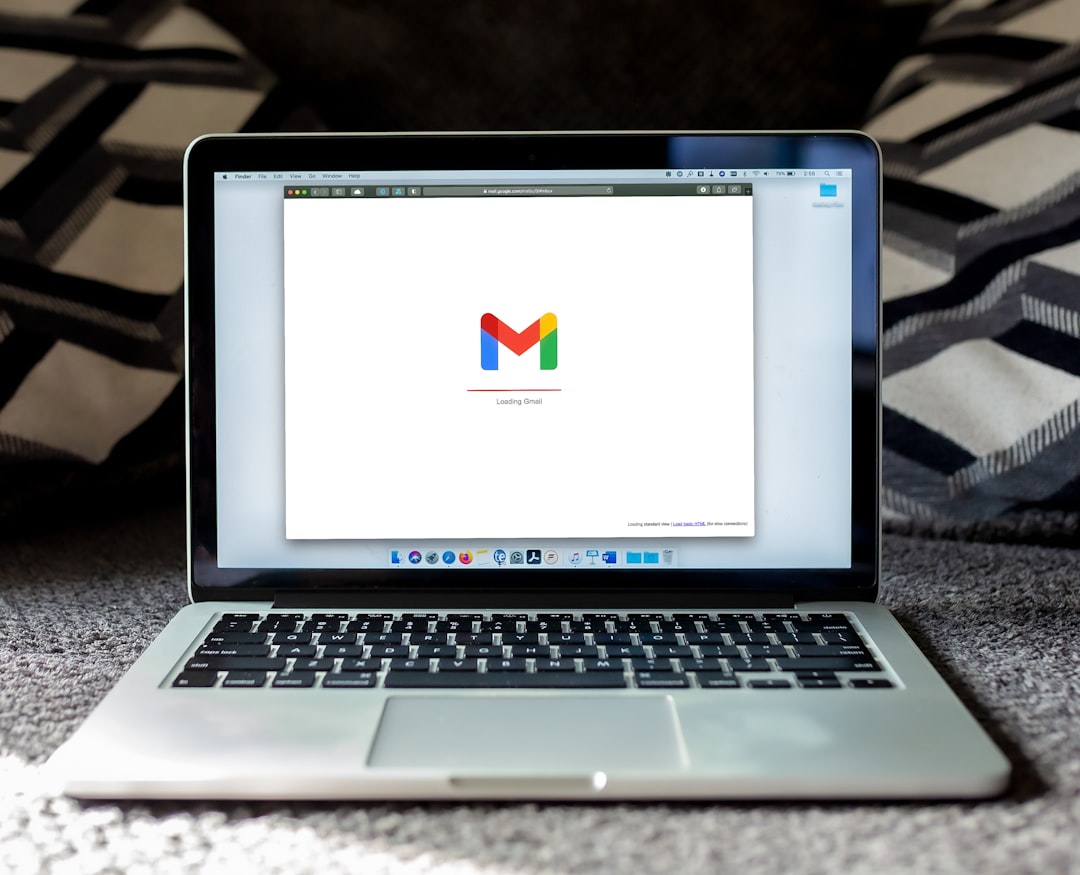Table of Contents
- Introduction
- Understanding the importance of personalization in email marketing
- Utilizing customer data to craft individual experiences
- Incorporating dynamic content blocks for customized messages
- Segmenting audiences for targeted email campaigns
- A/B testing to refine personalized content strategies
- Leveraging behavioral triggers to enhance engagement
- Aligning dynamic content with customer journey stages
- Utilizing analytics to continually optimize personalization efforts
- Conclusion
- Frequently Asked Questions
Introduction
In the ever-evolving world of digital marketing, standing out in an overcrowded inbox is more challenging than ever. The modern consumer is savvy, making it essential for marketers to tailor their approach in order to capture attention and build lasting connections. Welcome to the realm of personalized dynamic content—an innovative strategy that will transform your email campaigns from run-of-the-mill to irresistible!
Picture this: an email so tailored to your preferences and behavior that it feels like it was crafted just for you. That’s the magic of personalized dynamic content. Imagine significantly higher open rates and interaction metrics that climb to unprecedented heights. How can you achieve this, you ask? Dive into our guide as we delineate the secrets to crafting emails that not only engage but also convert.
| Benefits | Features |
|---|---|
| Increased Engagement | Custom Content Blocks |
| High Conversion | Behavior Tracking |
Unearth how leveraging these tools can transform your campaigns into a dialogue with each recipient. Stay with us as we unravel the art and science behind crafting irresistibly personalized emails.
Understanding the importance of personalization in email marketing
In the world of digital marketing, personalization has become a critical strategy, particularly when it comes to email marketing. Personalization allows businesses to tailor their communication based on individual customer preferences, behavior, and interaction history, creating a unique experience for each subscriber. This level of customization not only enhances customer satisfaction but also increases engagement rates.
When emails are personalized, they resonate more deeply with recipients, making them feel more valued and understood. This can lead to higher open rates, greater click-throughs, and ultimately, increased conversions. By leveraging data analytics and customer insights, marketers can craft messages that align closely with the specific needs and interests of each recipient.
Moreover, as consumers increasingly expect personalized experiences, generic messaging becomes less effective and can even deter engagement. In this context, personalization is not just an advantage but a necessity to stand out in a crowded inbox. In addition, personalized emails can nurture customer relationships by fostering loyalty and trust, as audiences develop a connection with brands that cater to their individual needs.
Utilizing customer data to craft individual experiences
In today’s digital landscape, leveraging customer data to craft individual experiences has become a cornerstone of effective email marketing. By harnessing data such as browsing history, past purchases, and demographic information, marketers can create personalized dynamic content that resonates with each recipient. This approach not only enhances the relevancy of emails but also increases engagement, leading to higher conversion rates. Personalized content can range from simple elements like addressing the recipient by name to more complex recommendations based on previous interactions. For example, a customer who frequently purchases skincare products might receive tailored suggestions for new arrivals in their preferred brand.
Dynamic content is another important component, enabling real-time updates within emails. This allows marketers to present the most current offers, availability, and information at the moment the email is opened. By segmenting the audience based on various data points, such as location or purchasing behavior, businesses can deliver messages that align with individual preferences and needs. In doing so, the gap between the brand and the consumer is bridged, fostering a more personalized and satisfying customer journey. This level of customization not only reinforces brand loyalty but also sets businesses apart in a competitive market.
Incorporating dynamic content blocks for customized messages
Incorporating dynamic content blocks into your email marketing strategy allows you to create highly customized messages that resonate with your audience. This approach harnesses data-driven insights to craft personalized experiences, enhancing customer engagement and loyalty. Dynamic content blocks enable marketers to tailor email content based on various factors such as user behavior, preferences, and demographics, ensuring that each recipient receives information that is most relevant to them.
By using dynamic content, you can change elements within an email, such as images, product recommendations, or text, according to the recipient’s specific attributes. For instance, displaying different product offers based on past purchase history, or varying promotional banners depending on location. This customization can significantly improve click-through rates and conversion rates, as recipients are more likely to engage with content that is aligned with their interests.
Moreover, leveraging dynamic blocks simplifies the content creation process by allowing for variations without the need to create multiple distinct campaigns. This not only saves time but also facilitates seamless integration with CRM systems, enabling real-time adjustments based on the latest data. Ultimately, incorporating dynamic content blocks makes your emails more impactful and fosters a deeper connection with your audience.
Segmenting audiences for targeted email campaigns
Segmenting audiences for targeted email campaigns is a crucial strategy to enhance the relevance and effectiveness of your outreach. By dividing your subscriber list into smaller, more manageable groups based on specific criteria, you can tailor your messaging to better match the unique needs and preferences of each segment. Key variables for segmentation can include demographic information, purchasing behavior, engagement history, and psychographic details. For example, separating customers based on past purchase history allows you to send more personalized product recommendations.
Moreover, segmentation facilitates dynamic content personalization, where different segments receive varying content within the same email. This can greatly improve engagement rates as each recipient feels the email speaks directly to their interests. By leveraging data analytics, you can continuously refine your segments and dynamically adjust your campaigns to reflect changes in customer behavior or preferences. This targeted approach not only enhances customer satisfaction but can also significantly boost conversion rates. Ultimately, effective segmentation helps build more meaningful relationships with your audience and ensures your emails stand out in crowded inboxes.
A/B testing to refine personalized content strategies
A/B testing is an effective technique to refine personalized content strategies in email marketing. It involves creating two versions of an email, each with slight variations, and sending them to a split audience to determine which performs better. This method allows marketers to experiment with various elements such as subject lines, call-to-action buttons, images, and content personalization details.
Through A/B testing, marketers can gather insights into user preferences and behaviors. For instance, by testing different subject lines, businesses can understand which phrasing resonates most with their audience, thereby increasing open rates. Similarly, testing various content layouts can reveal what captures the reader’s attention or encourages them to engage more actively.
Moreover, A/B testing in personalized emails provides data-driven evidence to back specific strategies, enabling marketers to confidently adopt practices that enhance engagement and conversion rates. By continuously tweaking different aspects of the emails based on test results, marketers can ensure their content is not just personalized but also optimized for effectiveness. Overall, A/B testing serves as a crucial tool in the iterative process of enhancing the efficacy of personalized dynamic content, enabling marketers to deliver highly relevant and tailored emails to their audiences.
Leveraging behavioral triggers to enhance engagement
Leveraging behavioral triggers is a highly effective strategy to enhance engagement in email marketing. By utilizing data on user actions, brands can send personalized, dynamic content that resonates with each recipient’s preferences and interactions. Behavioral triggers are typically based on actions such as website visits, purchases, or even abandoned carts. These triggers allow marketers to automate email campaigns that feel relevant and timely to the recipient, thus increasing the chances of a positive response.
For example, if a user frequently browses a particular product category, an email highlighting relevant items and offering exclusive deals could nudge them toward making a purchase. Similarly, an abandoned cart email with tailored reminders or incentives can significantly raise conversion rates. Behavioral triggers also open doors to more complex strategies, like re-engaging lapsing customers through targeted incentives or recommending new products based on previous purchases.
This level of personalization not only enhances user engagement but also strengthens customer loyalty by showing that the brand understands and values its customers. Ultimately, the use of behavioral triggers in email marketing can lead to more meaningful interactions and a better overall customer experience.
Aligning dynamic content with customer journey stages
Aligning dynamic content with customer journey stages is a strategic approach to email marketing that enhances engagement and conversion rates. By tailoring emails according to where the recipient is in their journey, businesses can provide relevant information that resonates with the user’s current needs and expectations. For instance, in the awareness stage, dynamic content might highlight brand storytelling or showcase educational resources that introduce the company’s offerings. Moving to the consideration stage, emails could dynamically feature product comparisons or testimonials to assist potential customers in their decision-making process.
As the customer advances to the decision stage, more personalized content such as personalized discounts or exclusive offers can be automatically included in emails to encourage purchase. Finally, in the post-purchase stage, dynamic content can offer tips for product use, or suggest complementary products, thereby enhancing the customer’s experience and fostering loyalty. Utilizing data-driven insights and automation tools enables marketers to strategically align dynamic content with specific journey stages, creating a seamless and highly personalized customer experience that ultimately drives long-term customer relationships and business success.
Utilizing analytics to continually optimize personalization efforts
Utilizing analytics is a pivotal strategy in the continual optimization of personalization efforts for email marketing. By analyzing customer data, businesses can gain insights into customer behavior, preferences, and interactions with previous content. This information allows for improved segmentation, enabling marketers to craft more targeted and relevant messages that resonate with individual recipients. Through analytics, businesses can track the performance of personalized emails, such as open rates, click-through rates, and conversion rates, providing valuable feedback for ongoing refinement of content strategies.
Implementing A/B testing in conjunction with analytics enables marketers to experiment with different content types, subject lines, and call-to-actions to determine what resonates best with their audience. This continuous cycle of testing and analysis ensures that messages are not only highly relevant but also dynamically tailored to evolving customer preferences. Furthermore, advanced analytics tools can leverage machine learning algorithms to predict future trends and behaviors, facilitating proactive personalization strategies.
Ultimately, leveraging analytics empowers businesses to ensure that every email sent is tailored, timely, and aligned with customer expectations, thereby enhancing engagement and fostering lasting customer relationships. By continuously optimizing personalization efforts through analytics, companies can stay ahead in the competitive landscape and effectively meet the needs of their audience.
Conclusion
As the digital landscape continues to evolve, the use of personalized dynamic content in email marketing has proven to be an indispensable tool for businesses looking to enhance customer engagement and boost conversion rates. By leveraging customer data and segmenting audiences, marketers can craft tailored messages that resonate with individual recipients, fostering stronger, more meaningful relationships. Incorporating dynamic content blocks allows for real-time updates, ensuring that emails remain relevant and engaging. Furthermore, A/B testing provides valuable insights into the effectiveness of these strategies, enabling continuous optimization and refinement. Behavioral triggers align email content with specific user actions, ensuring timely and personalized contact, while dynamically aligning content with customer journey stages ensures a seamless user experience. Finally, analytics empower marketers to make data-driven decisions, constantly fine-tuning personalization efforts to meet evolving consumer expectations. Overall, deploying personalized dynamic content not only enhances the email experience for recipients but also significantly strengthens brand loyalty and competitive edge in a crowded market.

